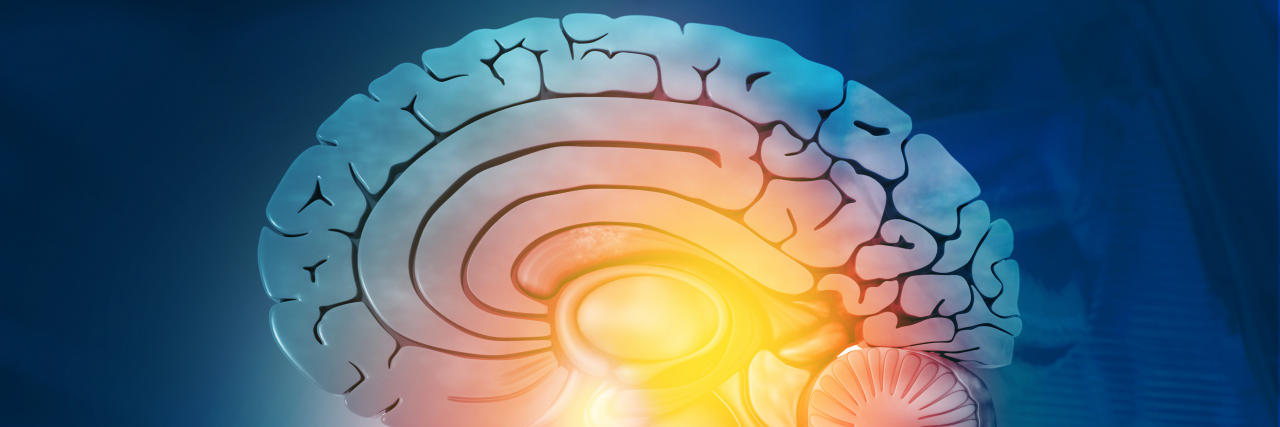I’ve always struggled with the in-between. The transitions in my life have always been rocky, and it wasn’t until I discovered the hole in my brain that the reason for this became glaringly obvious.
Since the 1800s, people have been researching the effect that lobotomies have on the human brain and the ways it changes the human experience. This gruesome procedure was typically performed on conscious patients through a hole in the skull no bigger than a dime. The effects were life-altering. It becomes impossible for the right and left hemispheres of the brain to communicate, creating fundamental problems in the way we interact with the world. For instance, “Joe,” a “split-brain” patient, once drew a cowboy hat with his left hand after being shown the word “Texas” to exclusively his left eye. Upon removing the blind from his right eye and asking him why he had drawn a cowboy hat, he had no idea. The part of his brain responsible for logical reasoning simply hadn’t been informed of what was going on!
Being born without these connections, however, your brain often somehow manages to rewire itself well enough to make describing this task much easier.
Corpus callosum disorders (CCD) affect around 1 in every 4,000 people, many of whom have no idea what a corpus callosum is, let alone that they are missing part or all of it. Diagnosable only by medical imaging, these conditions can easily be missed in children without severe developmental delays until they reach adulthood. This is what happened to me.
“You are missing a part of your brain,” said my psychiatrist, tucking his blue linen business shirt into his dark trousers. “But you’ve overcome any struggles! It’s not much of a problem these days. If I was you, I would be sitting in the corner just drooling. You’ve done well!”
Given that most psychiatrists only hear about callosotomy (a procedure similar to a lobotomy wherein a typical corpus callosum is cut in half to control severe epilepsy), it is understandable that my doctor thought of me as a medical miracle. But I wasn’t seeing a specialist for an utterly flawless mental state. Sitting across from him, staring absent-mindedly through a frosted window into a grey, gravelly courtyard, I was feeling far from miraculous. So when he elevated my brokenness to “the best you’re gonna get,” I felt utterly defeated.
This MRI was part of a last-ditch effort to find some peace in my life. Bouncing from one psychological disorder diagnosis to the next, I was beginning to wonder if I was more acronym than human. Obsessive-compulsive disorder, conversion disorder, eating disorder, and on and on. I trusted this man to make me well again and it seems the further we dug, the more emptiness we found. But I had a bright future! Or so everyone was telling me. The trouble was that I just couldn’t see that through the haze of distorted thoughts.
I’d like to tell you that after discovering that I did indeed have several marbles missing, I had a catharsis of epic proportions, deciding to take joy in the moments between life’s highlights. But I can’t. In truth, I spiraled downward even more; for now, there was truly no magic pill to fix the hole in my head.
But this story has a silver lining, and I’m still writing it. After finding a community online full of successful people with jobs, woes, families, and soul-mates I had a blueprint for how to proceed. Or, at the very least, some paper to draw on. Sitting in that doctor’s office on those chairs that swallow you whole, staring blankly at the window to nowhere, I had no idea what this meant for a country town girl like me. Now several years wiser and with a toolbox full of pills, I think I finally stand a chance against those thoughts of mine. I’m starting to think perhaps, it is in the places we are missing things — in the holes in our heads and hearts — that a true connection can be forged.
Getty image by Rasi Bhadramani.

